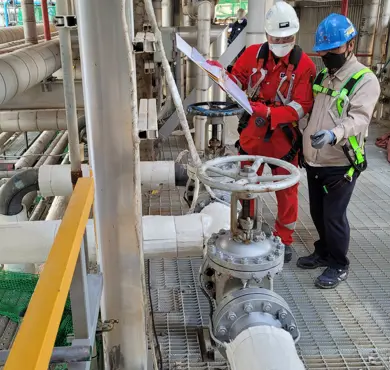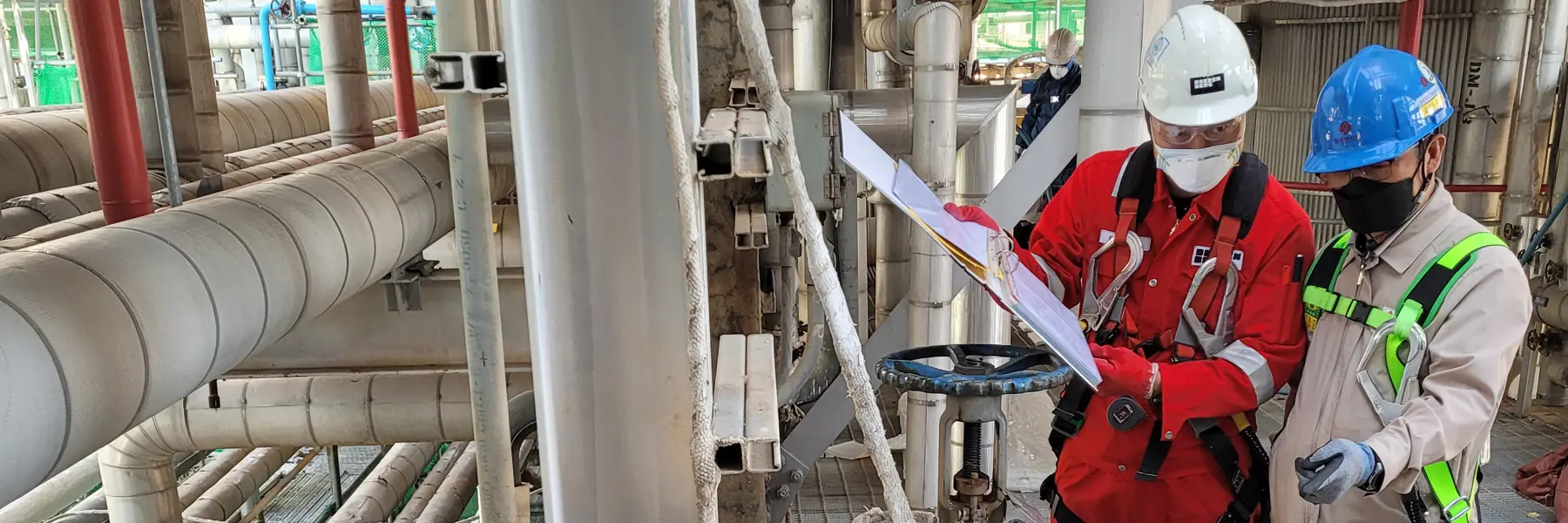In many cases, the insulation solutions used on the Norwegian Continental Shelf (NCS) have not changed since the 90s, while the cost of heat loss has changed drastically. Today, limited insulation at onshore and offshore facilities leads to unnecessarily large energy losses, CO2 emissions and costs.
The main focus has been on energy sources, not on reducing the consumption. Through proper insulation, consumption can be reduced considerably. It is both economical and sustainable, says CEO Arild Apelthun in Beerenberg.
He believes energy efficiency should be as high on the agenda as new forms of energy at facilities with large industrial processes.
- As more platforms become electrified and run on shore power, the need for energy saving will increase, says Apelthun.
The most significant sources of energy loss
On platforms, the most significant energy losses will come from uninsulated or ineffectively insulated process equipment and breakdowns of various kinds.
- Here it may be appropriate to insulate more efficiently around supports, valves and flanges, and other complexities. There is also a lot to gain from re-insulating pipes and process equipment in process plants where you want to preserve the heat better, says VP Product Europe, Espen Hjortland.
People are rarely cognizant of energy loss due to missing or limited insulation at oil & gas plants today. A single uninsulated valve that holds 150°C will have an energy loss of 10,000-20,000 kWh a year. This corresponds to the consumption of an average household. With today's energy prices, insulating one such valve will pay for itself in less than a year, says Hjortland.
- On high-temperature equipment (crackers/reformers), proper insulation can provide annual energy savings in the millions. The fact that hot process equipment that can withstand multiple hundreds of degrees today is insulated with less insulation than found in old detached houses should be thought provoking, he adds
Energy efficient – without the risk of rust and corrosion
Beerenberg's insulation solutions with aerogel are both cheaper and better than existing aerogel solutions on the market. Along with a better insulation capacity, they produce less dust and has a lower cost.
- Today's insulation solutions are not only energy efficient, they also make it possible to insulate and re-insulate without the previous challenges with rust and corrosion, says Hjortland.
The facility designs often give space limitations for insulation. With thinner and more efficient insulation solutions, energy efficiency can now be achieved in places where traditional insulation has had limited effect.
- Through calculations of insulation capacity and lifetime costs with installation and maintenance, we are able to estimate the economically optimal insulation thickness that gives the customer the greatest energy savings for the money, he adds.
Beerenberg performs all types of insulation; thermal, fire and acoustic, for the oil and gas industry but also for other industries such as infrastructure, construction and construction.
Good results in Korea
Reduced energy consumption and C02 emissions are also the reasons why the Korean company Lotte Chemicals (LCC), with which Beerenberg has a partnership, has upgraded the insulation at one of its petrochemical land plants in Korea. Measurements so far show an achievement of 97 per cent of the calculated results, with expectations of achieving 100 per cent when measurements have been done a whole year, throughout all seasons.


